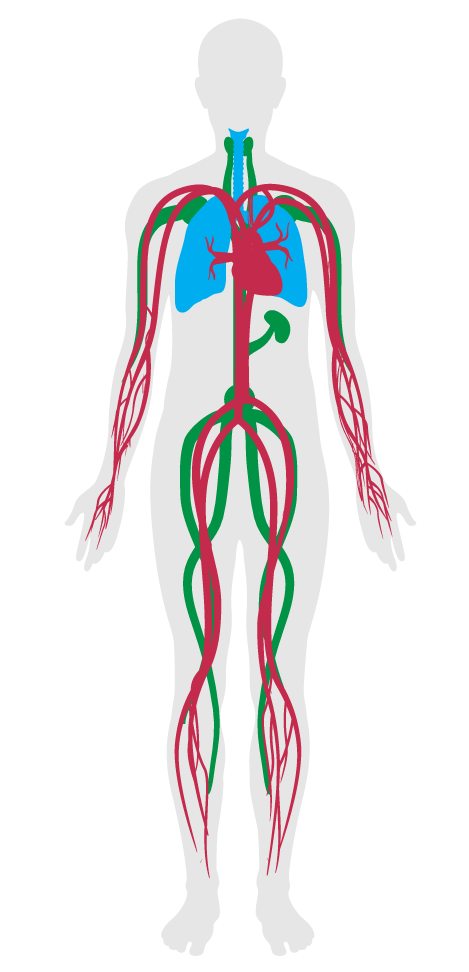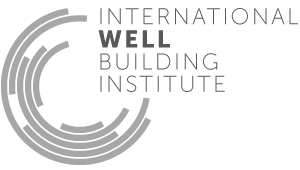Increased ventilation
- 1 Air quality standards
- 2 Smoking ban
- 3 Ventilation effectiveness
- 4 VOC reduction
- 5 Air filtration
- 6 Microbe and mold control
- 7 Construction pollution management
- 8 Healthy entrance
- 9 Cleaning protocol
- 10 Pesticide management
- 11 Fundamental material safety
- 12 Moisture management
- 13 Air flush
- 14 Air infiltration management
- 15 Increased ventilation
- 16 Humidity control
- 17 Direct source ventilation
- 18 Air quality monitoring and feedback
- 19 Operable windows
- 20 Outdoor air systems
- 21 Displacement ventilation
- 22 Pest control
- 23 Advanced air purification
- 24 Combustion minimization
- 25 Toxic material reduction
- 26 Enhanced material safety
- 27 Antimicrobial surfaces
- 28 Cleanable environment
- 208 Injury prevention
15. Increased ventilation
The guidelines put forth by ASHRAE provide the basis for acceptable ventilation rates and indoor conditions, but not necessarily for best-in-class air quality for buildings. Unusually high building occupancy, a high risk of accidents that might degrade air quality or spare capacity to install filtration make exceeding ASHRAE requirements a worthwhile strategy.
This feature requires buildings to design and supply rates of fresh air that are 30 percent higher than typically provided.
Building policy reflects the following:

Applicability Matrix
| Core & Shell | Tenant Improvement | New Construction | |
|---|---|---|---|
| Part 1: Indoor Smoking Ban | P | P | P |
| Commercial Kitchen | Schools | Multifamily Residential | Restaurant | Retail | |
|---|---|---|---|---|---|
| Part 1: Indoor Smoking Ban | P | P | P | P | P |
Verification Methods Matrix
| Letters of Assurance | Annotated Documents | On-Site Checks | |
|---|---|---|---|
|
PART 1 (Protocol) Indoor Smoking Ban |
Policy Document |
| 15.1.a |
USGBC's LEED v4 EQ prerequisite: Minimum Indoor Air Quality Performance requires using the minimum outdoor air intake flow for mechanical ventilation systems using the ventilation rate procedure from ASHRAE 62.1–2010. |
